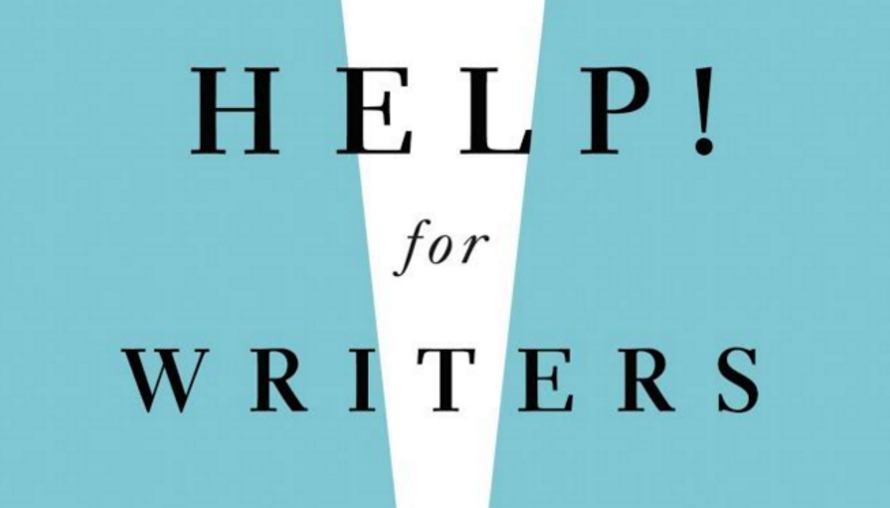I have written five books – all published by Little, Brown – in the last ten years. They are, in order, “Writing Tools,” “The Glamour of Grammar,” “Help! For Writers,” “How to Write Short,” and, coming in January, “The Art of X-ray Reading.” They are my children, and I love them equally. But in private moments I confess a special affection for the middle child, “Help! For Writers.”
This book has not sold as well as the others, nor do I often hear from readers who claim inspiration from its pages. Yet when I am trying to solve a writing problem, either for myself or others, it becomes my go-to book. (It has, to its credit, inspired a course on Poynter’s News University.)
Here’s how the book works. Help! is divided into seven sections, with each dedicated to a part of the writing process. They are:
• Getting Started
• Getting Your Act Together
• Finding Focus
• Looking for Language
• Building a Draft
• Assessing Your Progress
• Making It Better
For each of those seven steps, I have identified three common problems that almost all writers face. For each of those problems, I offer ten solutions. Do the math: 7 steps times 3 equals 21 problems, times 10 equals 210 solutions.
To make better use of the practical wisdom in this book, Poynter has agreed to feature a writing problem a week – with ten solutions – for the next 21 weeks. When you’re through, you’ll have a condensed version of “Help! For Writers,” a strong lifeline for drowning scribes, and an incentive to reach for the News University course, and – to raise the spirits of middle children everywhere – the book.
Problem:
I can’t think of anything to write
Solutions:
1. Spend a morning in a coffee shop or an afternoon in a bookstore
For the price of a cup of coffee and a bagel, you can listen in on the morning’s conversations about news and current events; or you can browse through new books and magazines at a favorite bookstore.
2. Keep a little notebook to compile story ideas.
Ideas can be elusive – like fireflies at dusk. You need a dozen story ideas for every one you execute. You’ll need a place to store them. Use whatever suits you, including the notes mode on your mobile phone.
3. Read a book on a topic that is unfamiliar to you.
By reading such work, you discover not just specialized content but also story ideas that span more than one field of study.
4. Break your routine. Go to work or school a different way.
There are stories that come out of Wall Street and others out of Main Street, but don’t get stuck in that false dichotomy. Many stories can be found on the side streets and especially, as Bruce Springsteen reminds us, on the backstreets.
5. Eat out when you can.
When people eat, they also laugh, argue, canoodle, whisper, check each other out, check you out, or talk too loud. Pay attention, and never be afraid to turn your listening into a conversation, especially with an interesting stranger.
6. Watch people in their natural habitats.
Try the park, the mall, a busy street, the gym, a hotel lobby, a church, a concert hall, a pub, the airport, the bleachers during a high school football game, Dunkin’ Donuts. Ride the bus. Take the train.
7. Read posters, billboards, store signs, graffiti.
Drive around and look at the big signs, commercial and governmental. Walk around to see what the small signs say. When you enter an office or someone’s home, look at what’s hung on the walls, or, especially, on the refrigerator door.
8. Read the news for under-developed story ideas.
Begin with the small stories, the ones inside the paper, or down into the website. Look for announcements or events you might write about. Scour the classified ads.
9. Interview the oldest person you know — and the youngest.
The older human sources are precious – and fleeting. They provide testimony for oral histories, and they embody a set of experiences that can be mined for story ideas, both fiction and non-fiction.
10. Spend the day with a person whose job interests you.
There may be no more reliable story form than “a day in the life.” The “day” part of that equation creates an immediate time element. And the “life” part allows the writer to see sources in their natural habitats, observing them in action.
Editor’s note: This is the first in a weekly series that will appear on Wednesdays.








